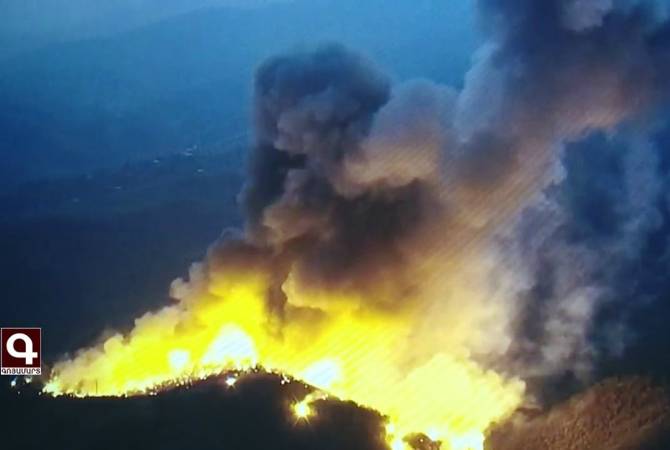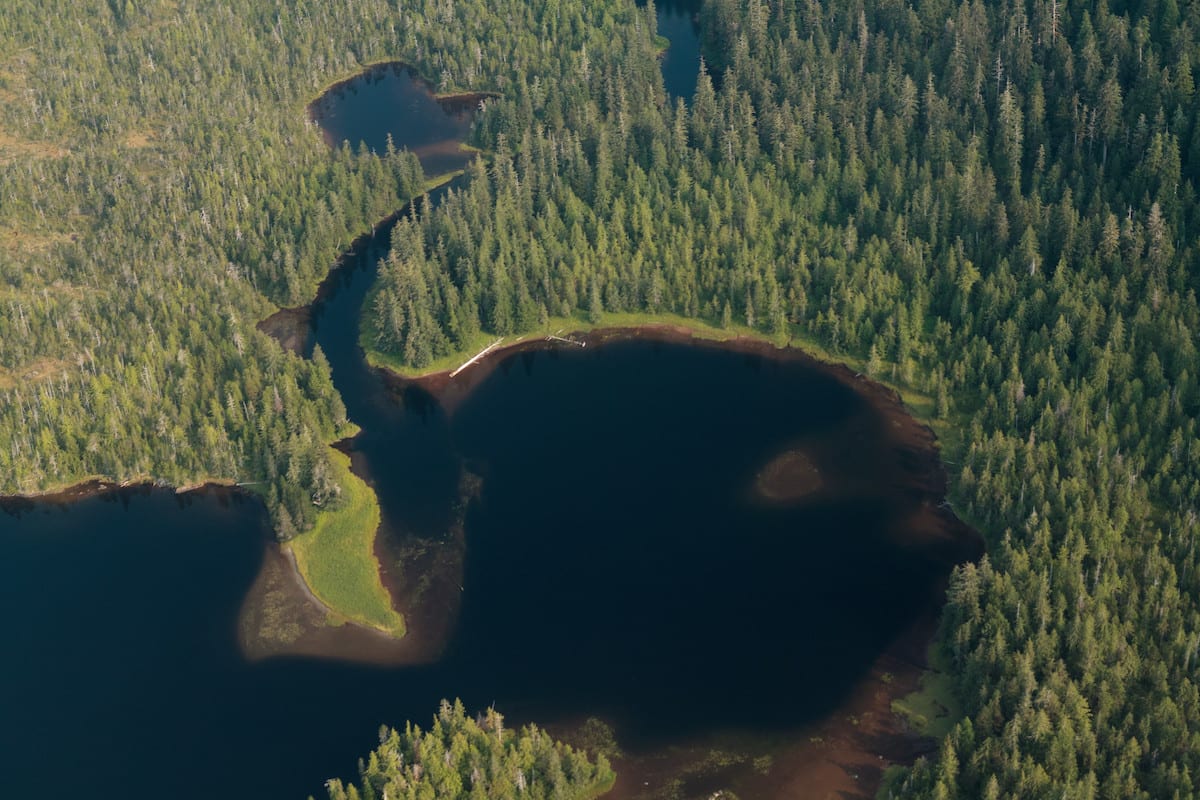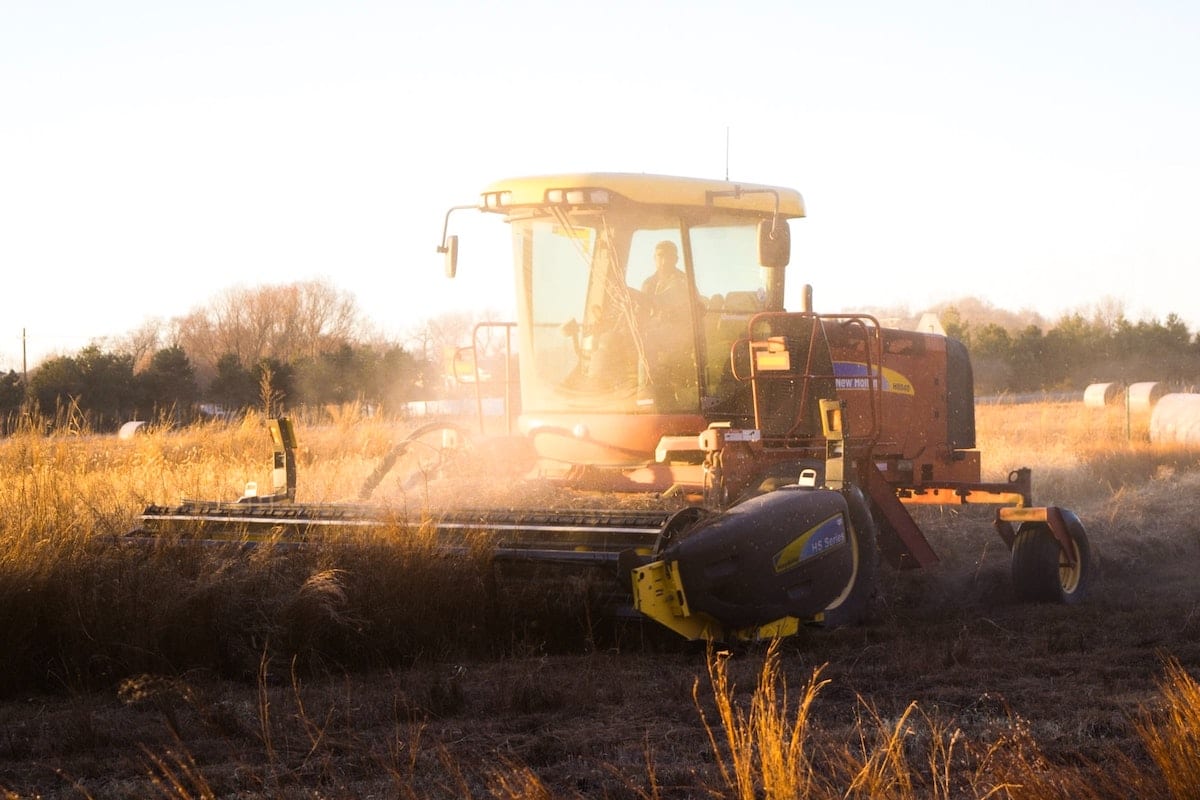One hallmark of the Trump administration is rolling back Obama-era environmental standards. Environmental groups fight the rollbacks with lawsuits. Nine environmental groups filed a lawsuit against the U.S. Environmental Protection Agency in early November over its rollback of national powerplant wastewater standards limiting water pollution from coal-fired power plants.
Filed in the District of Columbia Court of Appeals, the lawsuit challenges the EPA’s decision to roll back the Obama-era national standard. The EPA’s rollback allows coal-fired power plants to dump wastewater filled with toxic chemicals and heavy metals into rivers and lakes. Toxic heavy metals from coal power plant wastewater cause severe health problems, including cancer, reproductive issues, and impacts on children’s IQ. Wastewater also harms aquatic life.
The Obama-era rule enhancine power plant wastewater standards
The Obama-era rule prohibited power plants from dumping fly ash or bottom ash wastewater into U.S. waters. It also imposed strict limits on toxic metals and other contaminants in sludge from power plants. Experts projected that the rule would have reduced an estimated 1.4 billion pounds a year of toxic heavy metals and other pollutants in waterways.
Called the Steam Electric Effluent Limitations and Guidelines (ELG) rule, the EPA issued the rule in 2015. It was the nation’s first pollution standards to limit the number of toxic chemicals and heavy metals power plants can dump into the water. The rule required power plants to achieve zero discharge of fly ash and bottom ash wastewater and set strict limits on discharges of arsenic, mercury, selenium, and nitrogen in scrubber sludge wastewater. The rule also required power plants to implement a closed-looped/zero discharge system for wastewater to remove coal ash in boilers.
“This absurd step backward is little more than a gift to the dirty fossil fuels industry at the expense of people’s health, endangered wildlife, and water quality,” said Hannah Connor, a senior attorney at the Center for Biological Diversity. “Many power plants could easily adopt affordable technologies that dramatically reduce toxic discharges, but with this rule, the EPA is telling their polluter friends not to bother with these common-sense measures.”
The Southern Environmental Law Center lawsuit
The Southern Environmental Law Center filed a lawsuit in early November challenging the Trump administration’s rollback of the Obama-era rule. The lawsuit filed in the U.S. Court of Appeals for the Fourth Circuit was filed on behalf of the Stokes County Branch of the NAACP, Winyah Rivers Alliance, Appalachian Voices, and Good Stewards of Rockingham, which represent communities downstream and close to coal plants in the Carolinas.
Two power plants represent the dangers that the rollback of the rule poses. Santee Cooper’s Winyah Plant in South Carolina is set to decommission all its coal-fired units by 2027. The company may not be required to implement pollution controls or meet the weaker limits under the new rule thanks to a loophole. Duke Energy installed new technology to limit wastewater pollution at its plants in North Carolina as required by the 2015 rule. The new rule allows the company to pollute more. Communities in North Carolina experienced increases of byproducts in their treated drinking water that cause cancer due to bromide pollution from upstream coal-fired power plants.
“This illegal rollback of clean water protections by the Trump administration allows dirty coal-burning plants to dump more toxic substances into our rivers, lakes, and drinking water reservoirs and exposes our communities to more cancer-causing pollution,” said Senior Attorney Frank Holleman, in a statement. “ Instead of protecting people, this administration made it easier for the most polluting and worst run coal-fired plants to dump poisons into the waterways our communities depend upon.”
The good news
There is good news, not just for power plant wastewater standards, but for planet earth: on January 20, 2021, President Trump will leave office. He leaves behind an environmental mess that former Vice-President Joe Biden will be left to clean up. A glance at Biden’s environmental policies indicates he will reinstate Obama-era environmental standards.











